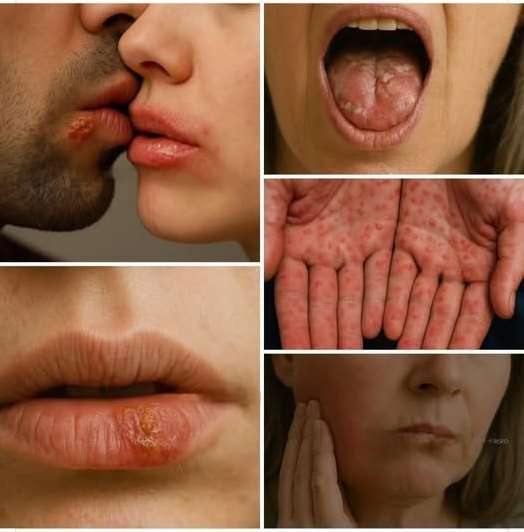Let’s face it—most of us flush without a second thought. But here’s the thing: your urine is like your body’s instant health update. It’s one of the easiest, fastest, and most overlooked ways to get a read on what’s happening inside you. The color of your urine can reveal whether you’re hydrated enough or signal that something might be wrong. Think of it as a free wellness alert system, literally right in front of you every day.

Clear or Nearly Colorless: Hydration Overload?
At first glance, completely clear urine might seem like a good thing. After all, it means you’re drinking plenty of water, right? That’s true—to an extent. But if your urine is always clear, it could be a sign you’re overhydrating. Yes, you can actually drink too much water. When that happens, your body starts flushing out important nutrients like sodium and potassium, which you need to function properly. While it’s not usually dangerous, it’s a sign you might want to slow down your water intake a bit. Pro tip: Don’t chug water nonstop—just sip regularly and drink when you’re genuinely thirsty.
Light Yellow: The Gold Standard of Hydration
This is the sweet spot. Light yellow urine means your hydration levels are balanced and your kidneys are doing their job well. It’s a sign that you’re getting the right mix of fluids and electrolytes. If this is your usual color, congratulations—you’re doing things right. Give yourself some credit for keeping your body running efficiently.
Dark Yellow to Amber: Drink Up
When your urine shifts to a darker yellow or even amber tone, that’s your body saying, “Hey, I need some water!” This is a common sign of mild dehydration and can happen after a night’s sleep, a workout, or simply forgetting to drink during a busy day. The fix is easy: start sipping water more consistently. And here’s a hydration tip—don’t wait until you’re super thirsty. Keep a bottle nearby and take small sips throughout the day so your body can absorb it more efficiently.
Honey or Light Brown: Pay Attention
This deeper shade is your body sending a stronger signal. It may mean you’re seriously dehydrated. But there’s a twist—it could also be a sign of liver or bile duct issues. If you’ve been sweating a lot or not drinking enough, dehydration is the likely culprit. But if your fluid intake is fine and the dark color sticks around, it’s time to get medical advice. This isn’t a shade to ignore—it’s your body waving a yellow flag.
Pink or Red: Food or Something More?
It’s unsettling to see red or pink in the toilet bowl, but don’t panic just yet. Sometimes the culprit is something harmless like beets, rhubarb, or even berries. However, if you haven’t eaten anything red or purple, the color might be from blood. That could indicate a variety of issues, from urinary tract infections to kidney stones—or something more serious. When in doubt, don’t guess. Make an appointment with your doctor just to be safe.
Orange: More Than Just Dehydration
Orange urine can result from not drinking enough water, but it’s also commonly associated with certain medications or liver issues. If your water intake is good and you’re not on new meds, this color may be a sign something deeper is going on. A one-off sighting may be nothing, but persistent orange urine should definitely prompt a chat with your healthcare provider.
Blue or Green: Strange but Possible
Yes, it sounds bizarre, but your pee can actually turn blue or green. This rare phenomenon is usually due to food dyes, certain medications, or medical tests. However, in some cases, it can be linked to bacterial infections or even a rare genetic condition. If your urine takes on a strange hue and there’s no clear reason why, check in with your doctor. Better to rule out anything serious than make assumptions.
Foamy or Bubbly: Don’t Ignore It
A little foam after holding your bladder for too long? Totally normal. But if your urine regularly looks foamy or bubbly, especially without any pressure behind it, that could be a red flag. It might mean your kidneys are leaking protein into your urine, which is a common sign of kidney issues. If this happens frequently, it’s worth getting a urine test to rule out any underlying problems.
Quick Tips for Daily Monitoring
You don’t have to inspect every bathroom visit like a detective, but taking a moment to glance at your urine once or twice a day can be incredibly helpful. Pay attention to changes in color, clarity, and even smell. If you notice anything unusual that lasts more than a day or two, don’t brush it off—follow up with your doctor. It’s always better to catch things early.
Final Thought: Your Body Is Always Talking—Are You Listening?
Urine isn’t just waste—it’s a powerful signal your body sends out every day. It can give you clues about your hydration, diet, medications, and even potential health problems. Whether your urine is showing you that you’re doing great or sending a subtle SOS, it’s worth paying attention. The next time you hit the restroom, take a second to look before you flush. You might just catch a clue that helps you stay healthier, longer.





